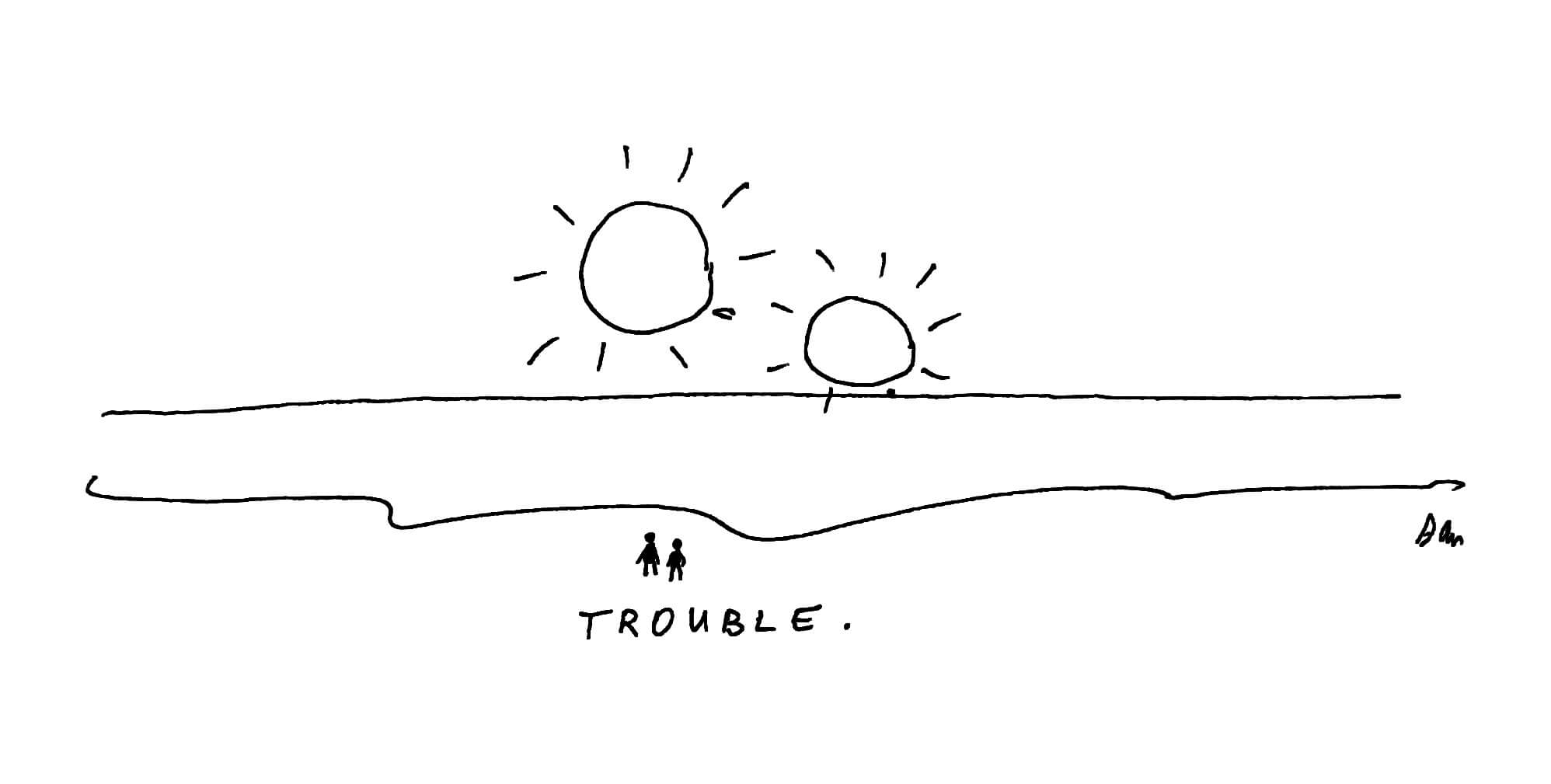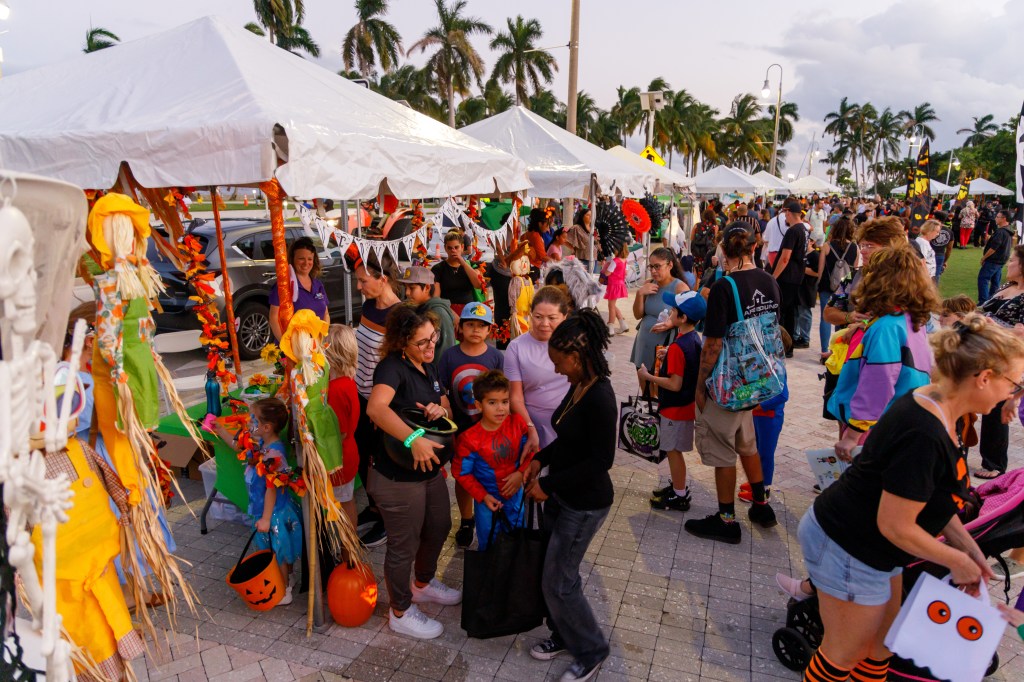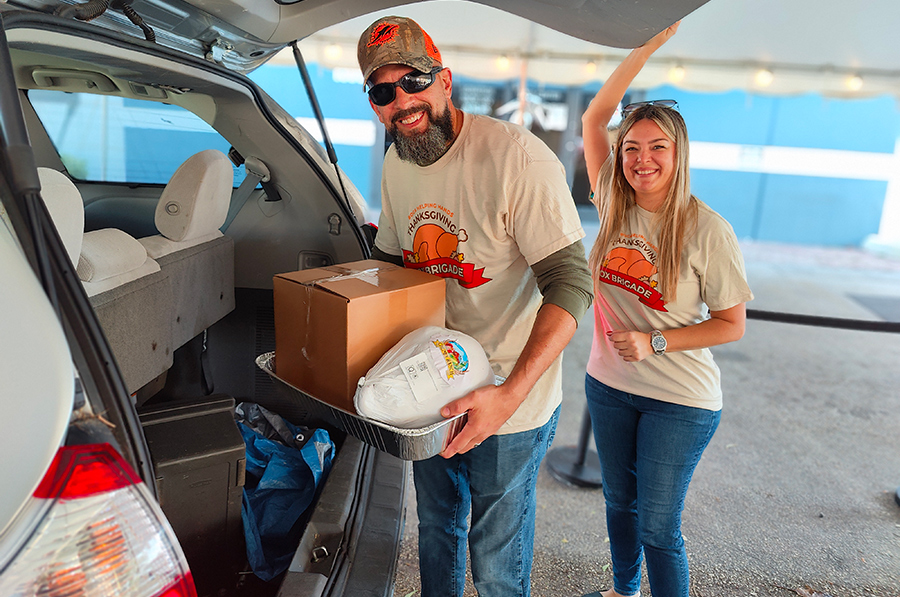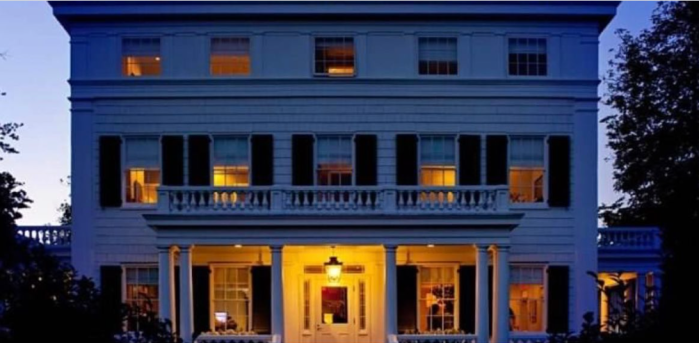When Guests Overstay Their Welcome: Astronauts Are Stuck in Space
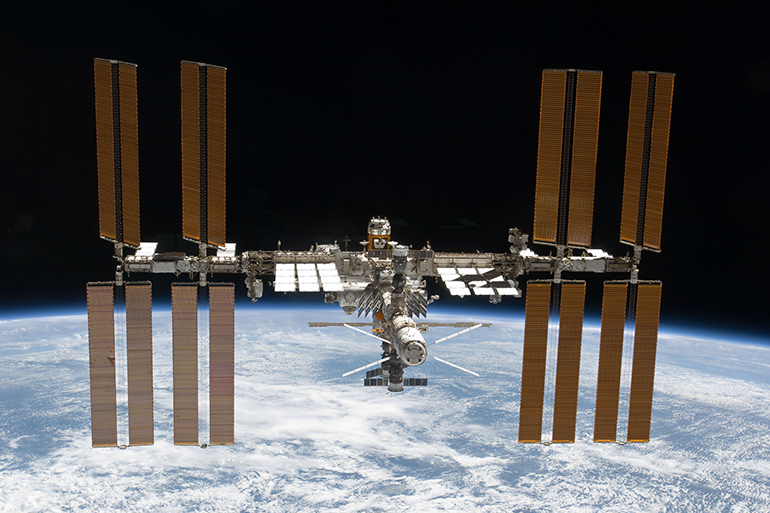
Two American astronauts, Barry “Butch” Wilmore and Sunita “Suni” Williams, who flew to the International Space Station on June 8 expecting to be there for eight days, are now stuck there until February.
Their Boeing rocket bucked and spit on the launch pad. After leaking helium, experiencing a computer shutdown, and failing the steering gear along the way, it finally limped up to the side of the space station.
Entering the station, Wilmore, a family man from Tennessee with a wife and kids, ignored the rocket’s problems and praised the spacecraft in a video beamed to Earth.
“We could stop on a dime, so to speak,” he said.
Williams meanwhile, standing beside him, jumped up and down, shook hands with everyone, then nodded, causing her huge mop of shiny black hair to sway like seagrass there in the vacuum of the space station interior. It made her look like a goddess. She also spoke in glowing terms.
They will be there for the next six months because NASA decided the Boeing rocket cannot be counted upon. And only then a scheduled rocket made by a competing company will finally bring them home.
A NASA official said that while the astronauts wait to return to Earth in February, they are helping the others with their experiments, making their jobs much easier.
But that was not true. Wilmore and Williams had never been trained to do these jobs. Their job was just to prove that the Boeing rocket, after 14 years of delays, was fit to transport humans up there and back.
The five astronauts and cosmonauts living on the Space Station had welcomed Butch and Suni joyfully at first. Now, maybe not so much.
Surveillance cameras on the Space Station show all what goes on up there. And here, for the first time, you can read how Butch and Suni are getting along with the rest of the crew.
“Please move to the side?”
“Can I help?”
“Just get out of my way.”
“Want me to hold your coat?”
“No.”
(Later.)
“How much longer will you be in the bathroom?”
“Maybe five more minutes.”
“Damn it, we’ve only got the one bathroom. Can’t you pee outside? It’s space out there.That’s what we do.”
“Go out into space?”
“I gotta get in there. So hurry up.”
“Can we throw our dirty clothes in the laundry with yours?”
“There’s no washer/dryer up here.”
“What do you do when your clothes get dirty?”
“Just wear them. Until they send up supplies. Did you make arrangements for supplies?”
“No.”
“And can’t you and Suni share a room? We had to kick people out so you could have two.”
“I’m married. She’s not. Wouldn’t work.”
(Then later.)
“Captain? How can we get these people into one room? I’m sleeping in the hall.”
“Just make the best of it.”
Boeing did get its balky rocket ship back down to the Earth safely last week. The unused space suits for Williams and Wilner were still on board, near the empty seats. Everybody cheered, sort of.
And how will the Americans get home? A rocket built by SpaceX (Boeing’s big competitor, which has flown safely up and down 15 times) will fly up there next month. Four astronauts were supposed to be on board. But now, there will be just two. The two seats in the back will arrive empty. The two Astronauts who were supposed to be in them, Zena Cartman and Stephanie Wilson, after training for a six-month mission, were told they would not be going. Too bad. But they will be “flight eligible” for a future trip to the Space Station. Steph and Zena tried very hard to look happy about that.
How humiliating all this is for Boeing. Boeing and SpaceX began their space race competition in 2010. SpaceX began making trips in 2012. Boeing is still trying, after dozens of setbacks, 14 years and $1.5 billion in losses, to do even one.
Some say Boeing’s troubles began when then-President Donald Trump issued Presidential Order 13771, which required government inspectors to remove two existing regulations anytime they wanted to add a new regulation for companies building aircraft under construction to obey. Reduced inspections may explain why doors fly off Boeing aircraft in flight and, sadly, why two of their planes crashed. Now Boeing is still attempting to make a safe rocket. Last March, the president of Boeing resigned.
All of which reminds me of Grumman here on eastern Long Island. Grumman, at its peak in 1986, was Long Island’s largest employer. More than 23,000 people worked there, some in Riverhead, some in Bethpage, building fighter planes. And now there’s no more Grumman.
The reason is the 1988 decision by the government to contract with Grumman only after getting competitive bids. Earlier, in 1942, Elmer Grumman had designed his first Wildcat fighter plane for the Navy in his Long Island garage. It was the first aircraft capable of successfully shooting Japanese Zeroes out of the skies during World War II. The government then had Grumman build tens of thousands of them, and then over and over after that, the government chose Grumman to build ever newer fighter planes for the Navy without competition. The most successful was the F-14 jet fighter, made famous in Tom Cruise’s movie Top Gun.
But then the public demanded competitive bidding. Ralph Nader had convinced the government they were being overcharged for not doing so.
As a result, in 1988, Grumman lost the bid to build the next generation of Navy fighters. It was a devastating blow. As a result, Grumman decided to expand into the bus business. They built 875 city busses and in a huge business deal sold almost all of them to the City of New York. But put in service, these busses soon began breaking down on the city’s bumpy streets. It was such a disaster that then-Mayor Ed Koch ordered them pulled out of service to be either sold, junked or crushed. And after that, Grumman went bankrupt. Which is why you never heard of them. (A remnant is partnered with Fairchild in California.)
What an embarrassment Boeing is for America. I wonder what other countries that are firing rockets into space think.
Read more of Dan’s columns here.
